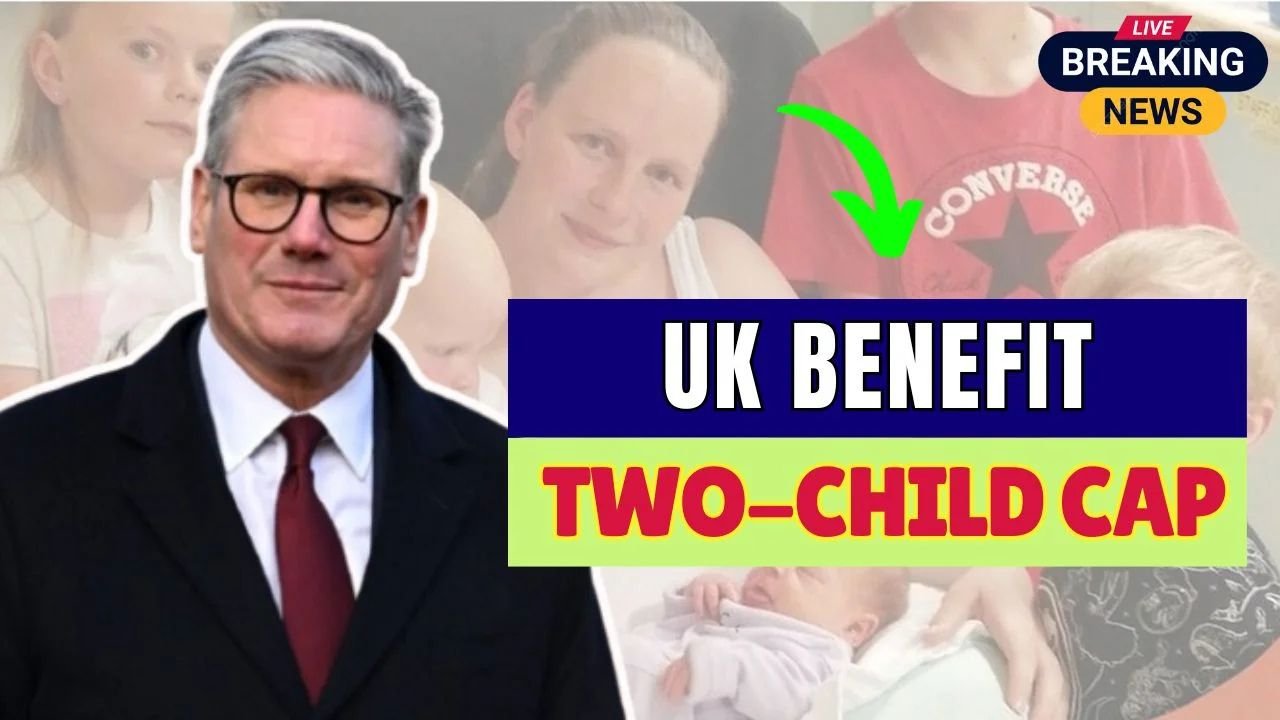The United Kingdom’s welfare system has long been a subject of public debate, but few policies have drawn as much controversy as the two-child cap. Introduced as part of welfare reforms, the policy has faced increasing criticism for its impact on low-income families and its role in shaping child poverty levels. With renewed scrutiny from policymakers, campaigners, and the public, understanding how the two-child cap works is essential.
What Is the Two-Child Cap?
The two-child cap was introduced in April 2017 as part of the government’s efforts to reduce welfare spending. Under this policy, families claiming Universal Credit or Child Tax Credit are only eligible for financial support for their first two children. Any additional children born after April 2017 generally do not qualify for extra benefits, with a few exceptions such as cases involving multiple births or adoption.
Why Was It Introduced?
The government argued that the cap would encourage “fairness” between families who rely on benefits and those who support themselves through work. Ministers also presented it as a cost-saving measure, projected to reduce billions in welfare spending. Supporters claim it discourages reliance on state benefits and incentivises financial planning among families.
Criticism and Public Concerns
Critics argue that the two-child cap disproportionately affects vulnerable families, pushing more children into poverty. Charities, faith groups, and even some politicians have condemned the policy as unfair and punitive. Research has suggested that the cap has contributed to rising child poverty rates, with families often struggling to cover essentials like food, housing, and clothing.
Who Is Affected?
The impact of the two-child cap is widespread. According to government figures, hundreds of thousands of families are directly affected, many of whom are already working but still rely on benefits to supplement low wages.
| Group Affected | Impact of Policy |
|---|---|
| Low-income working families | Reduced support despite employment |
| Single parents | Higher financial pressure, especially with 3+ children |
| Larger families | Significant drop in benefit entitlement |
| Children | Increased risk of poverty and deprivation |
Exemptions to the Policy
While the rule is strict, there are limited exemptions. Families can receive additional support if the third child (or more) is part of a multiple birth, adopted, or conceived as a result of non-consensual circumstances. However, critics argue that requiring proof in sensitive cases creates further stigma and distress.
The Debate Over Reform
The future of the two-child cap is now a pressing political issue. Some parties and campaigners are calling for the policy to be scrapped entirely, citing its role in deepening inequality. Others argue that reforming rather than abolishing it such as raising the cap or broadening exemptions could strike a balance between fairness and compassion.
Conclusion
The two-child cap remains one of the most contentious welfare policies in the UK. While designed to control spending and encourage financial responsibility, its impact on families and child poverty has placed it under sharp scrutiny. As political and social pressure builds, the coming years may determine whether the policy is reformed, abolished, or left unchanged.
